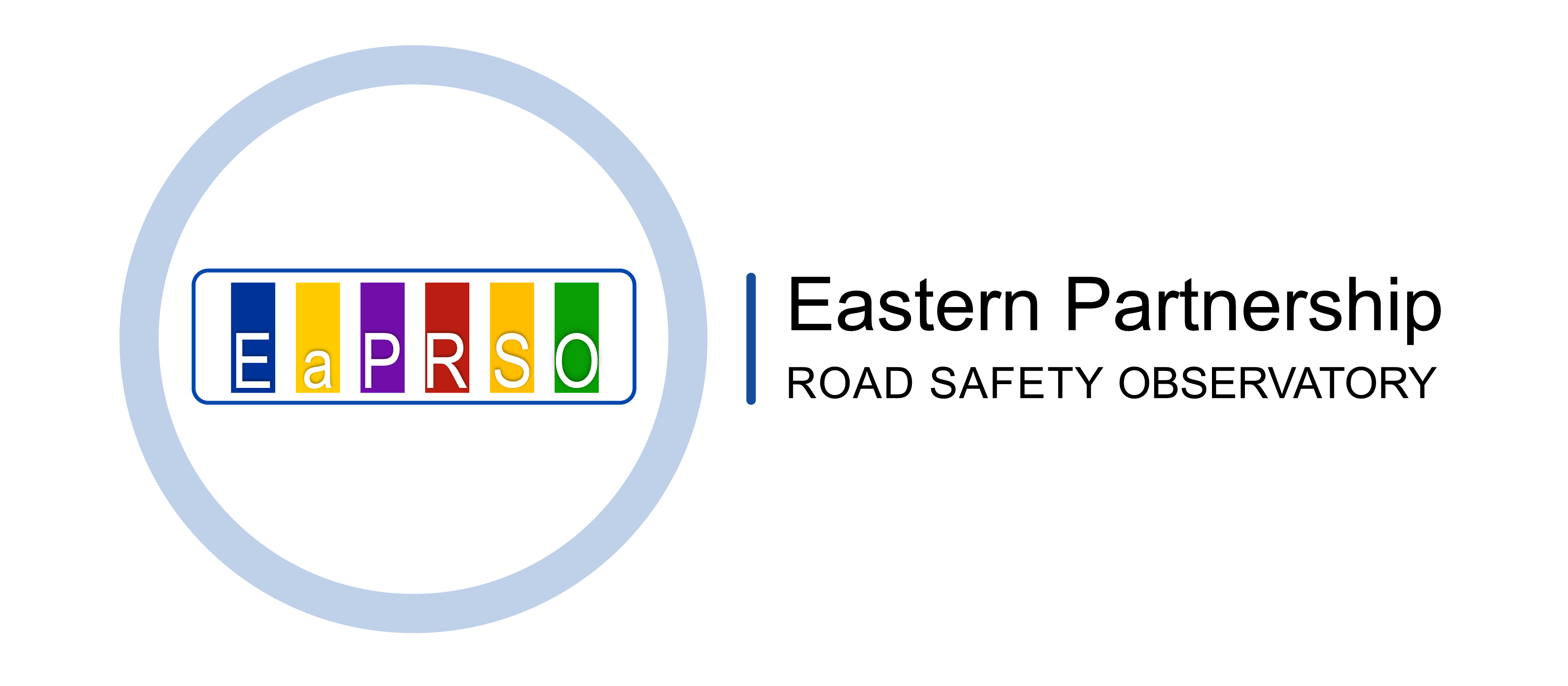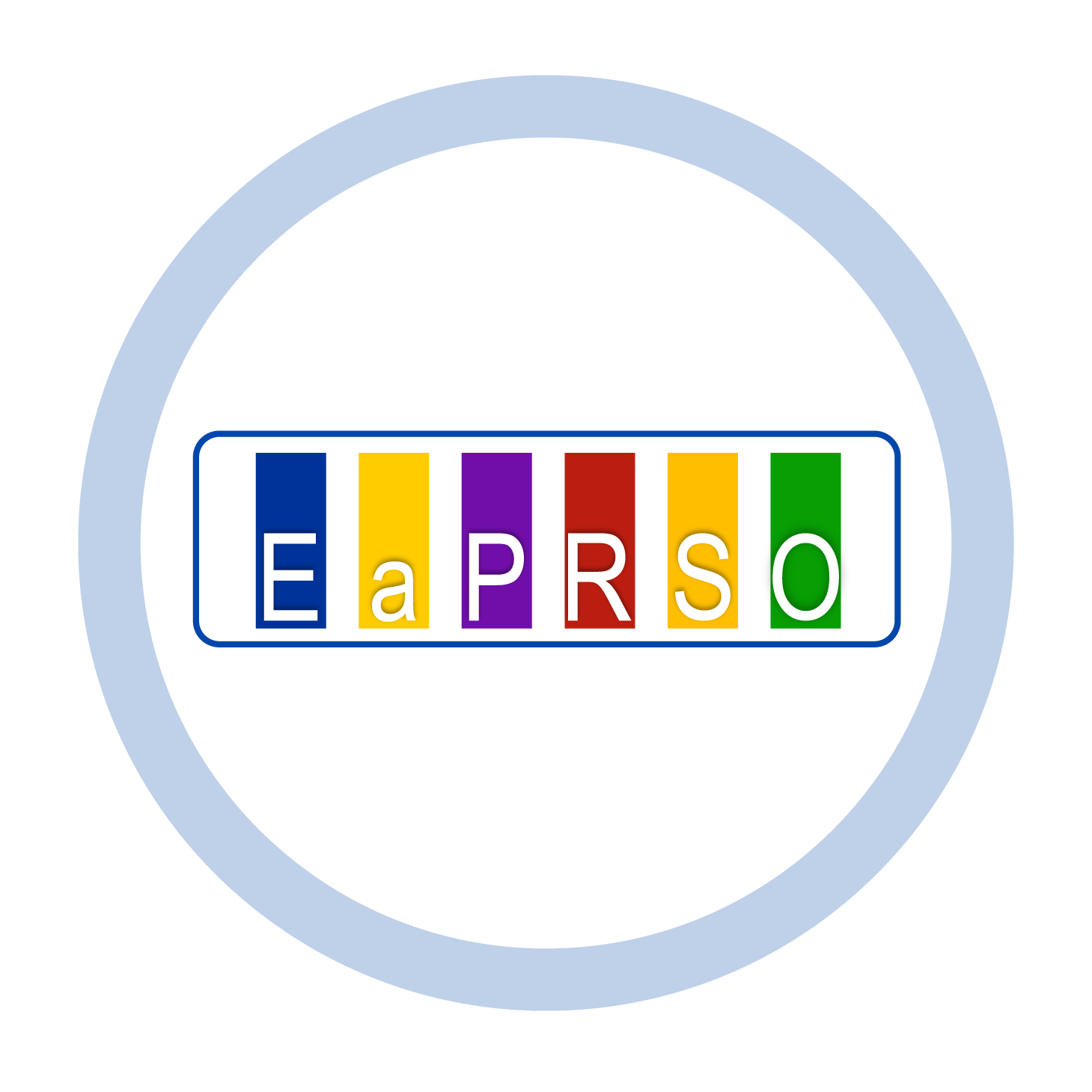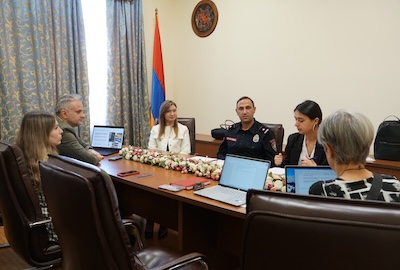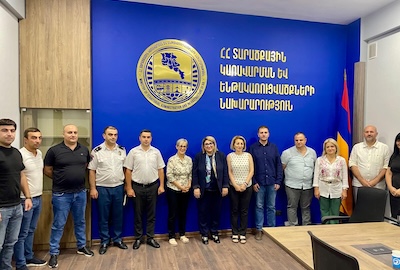
During the EaP RSO’s mission to Armenia in October 2024, both the Patrol Police and Ministry of Territorial Administration and Infrastructure (MTAI) expressed interest in learning more about the Lithuanian case study example presented by our EaP RSO Data Specialist, Egidijus Skrodenis.
Indeed, Lithuania is one of just 10 countries across the world that achieved the target of a 50% reduction in road fatalities between 2011 – 2020. Egidijus presented an overview into how Lithuania's successful reduction in road casualties was achieved, emphasising a comprehensive data-driven approach focused on road asset management, data integration, and collaboration between different agencies.
The EaP RSO followed up on this request by hosting a webinar for our Armenian counterparts centred on learning from Lithuania’s groundbreaking progress and exploring core issues in more detail.
Egidijus guided the interactive session, having led multiple departments in the Lithuanian Road Administration and been a key individual in the country’s recent success. He is now a Senior Data Specialist working with the EaP RSO, providing an insider’s account into the evolution and implementation of Lithuania’s road safety strategy.
During the webinar, Egidijus first emphasised Lithuania’s human-centred approach to road safety, which was adopted into law in 2008 and places the human as the most important actor in the transportation system. But at the core of Lithuania's success, was a data-driven approach to identify crash blackspots and implement preventive measures.
Lithuania’s pioneering approach to open data, enabling the integration of various public systems, sharing it across departments such as road administration, the transport competency agency or the police was a key point of discussion. Through this approach all the data from a specific crash, from meteorological to medical, is then retrieved to inform decision-making. The dataset can also be used to create a model that predicts future crashes by identifying black spots.
The presentation concluded with an overview of Vilnius' mobility pilot platform, which shows the full capabilities of a data-driven approach. It includes an automatic black spot identification tool integrated with EIIS, street asset management, traffic counters, cameras, drones, traffic lights and mobile data.
The session sparked meaningful discussion over the capabilities of AI and best practise for the implementation of data driven approach from the MTAI representatives. Egidijus went on to discuss the potential of AI for furthering data collection and integration, which is planned to be implemented in Lithuania in 2027. There was great interest in management tools, so the session concluded with plans for a follow-up session on road asset management systems for black spot analysis in December.
The webinar was a great example of how the EaP RSO’s work can be led and guided by member country needs. We are member-led and will strive to provide useful information and knowledge exchange wherever we can. Moreover, as we grow, our Observatory will be crucial, as a centralised data collection system, in establishing a data-driven approach to road safety in the EaP countries. A lot can be learnt from the Lithuanian example.
Photo: Highway A1 (Vilnius-Kaunas-Klaipeda) by superstore "Mega", Kaunas (Lithuania) - cropped. August BigHead. Creative Commons Attribution-Share Alike 3.0 Unported license.




